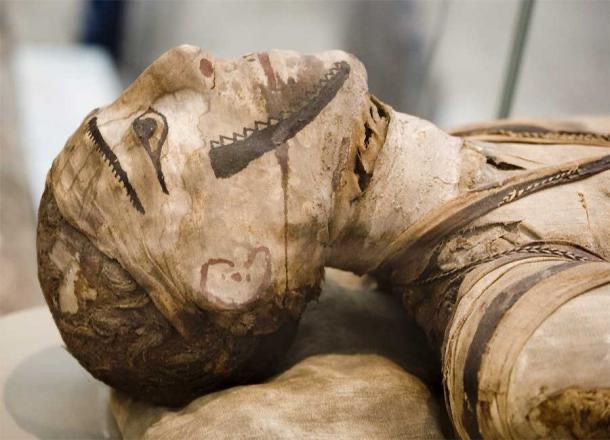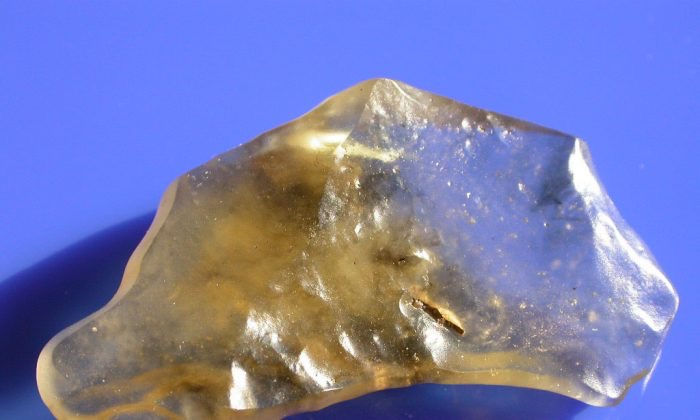Explore the Mystery of Native American Creation Myths
- skloucherepierre
- Feb 20, 2021
- 4 min read
Updated: Apr 5, 2021

Where did we come from?
Ideas and theories about the beginning of the world run the gamut, with different cultures, groups, and religions offering creation stories or myths, and explanations of how different parts of the world came to be. Perhaps one of the most fascinating of these groups is the Native Americans. Across the board, Native American cultures offer many creation legends, many of which involve sacred caves or underground tunnels. As we explore the stories offered by Native Americans as to the beginnings of everything, we also wind deeper into the Earth itself.
Apache
The Apache have several myths about creation that involve both gods and animals.
In one myth, Tepeu and Quetzalcoatl think everything into being. Essentially, their thoughts become reality, so they think everything from mountains to trees and the sky into reality. However, when they discovered these creations couldn’t praise them, they made others out of clay and wood. When these beings caused havoc on the world, the gods sent a great flood to wipe them out and start over.
Another of the Apache myths describes the beginning as an awakening of sorts, with darkness turning to light through the actions of a small, bearded man, the One Who Lives Above. They say by rubbing his face and hands, he created the Sun-God, Big Dipper, Wind, and Lightning-Rumbler, to name a few.
Then, after the gods united through a handshake, the Creator directed them to pull a brown ball that had dropped from his hands in all directions to form the Earth, and with the hummingbird’s guidance, placed four cardinal points on the Earth to make it still.
Tony Redhouse on Native American Healing
Hopi
While the Hopi have multiple legends, perhaps one of the most intriguing involves the Ant People, who are credited with saving the Hopi not once, but twice. The so-called “First World” was destroyed by fire — be it an ejection from the sun, volcanic eruption, or asteroid strike, and the “Second World” was destroyed by ice — perhaps glaciers or a pole shift. In both instances, Hopi legends say the tribe was guided during the day by an odd-shaped cloud, and during the night by a moving star. These guides led them to a sky god named Sotuknang, who took them to the Ant People.
It was in the aforementioned subterranean caves that the Hopi found refuge during the global cataclysms occurring above. In this legend, the Ant People are seen as generous and hardworking, giving the Hopi food and teaching them about food storage when they needed it most. Interestingly, the Babylonian sky god was named “Anu,” also the Hopi word for “ant.” “Naki” is the Hopi root word for friends. So, the Hopi Anu-naki, or “ant friends” may have some correlation with the Sumerian Annunaki.
Sioux
Such sacred caves are also a theme in Sioux legends, regarding a location in the Wind Cave National Park, in South Dakota. In this legend, the Sioux feared a cave that had wind blowing in and out of it — they believed a breathing giant lived inside, and the giant invoked the providence of the Great Spirit. However, one curious medicine man is said to have seen a vision from a young Indian maiden, telling him she was the immortal buffalo lady from under the Earth. She told the medicine man to tell the others the cave was a sacred place, and people should come and drop offerings and tokens, which would gain them great herds of buffalo. Lakota The Lakota version of events starts with adultery. In their version of events, Inktomi, the spider trickster, causes a riff between the Sun God Takushkanshkan and his wife, the Moon. Their separation created time. While previously, the gods had lived in heaven, Inktomi and his co-conspirators were exiled to live with the cultureless humans who inhabited Earth.
Upon arrival, Inktomi travels underground to meet where humanity lived, and convinces Tokahe (“the first”) to come to the surface. He emerges from the Wind Cave to find a beautiful place, so he convinces other families to come up. Tokahe soon figures out he was duped, as “buffalo are scarce, the weather has turned bad, and they find themselves starving.” To make matters worse, he and the other families who settled there cannot return to their home underground, and so must eke out an existence on the surface of the Earth.
Cherokee
Finally, the Cherokee also have several myths that explain the beginnings of the Earth. In one myth, a great island floated in an ocean, attached to four thick ropes from the sky, which was rock. Because everything was dark, the animals could not see. The Great Spirit told the animals to stay awake for seven days and nights, but most of them couldn’t.
However, the plants that stayed awake were able to stay green all year, and the animals that were able to stay awake such as the owl and mountain lion could also go about in the dark. Another story describes everything being water, and the animals living above it and the sky being overcrowded. One day, a water beetle named Dayuni’si volunteered to explore underwater and found mud he brought back to the surface. He brought back so much mud he created the Earth. As the Earth hardened, they pulled a sun out from behind the rainbow and placed it high in the sky to light the path.
In both of these legends, the animals came first, and the humans second. Exploring the Connections Between Native American Legends Without a doubt, the stories and legends behind the beginning of the world vary greatly depending on the Native American tribe attached to them.
However, many of the similarities and links among the stories bring about questions and curiosities about what might lie inside the Earth, and how it affected the creation of the world as we know it today.
Article Source : https://www.gaia.com/article/native-american-creation-myths-uncovered-explained
.jpg)










Comments